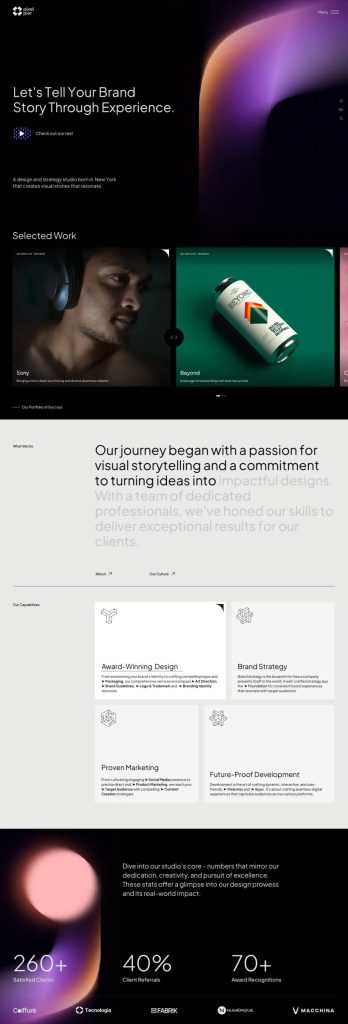As 2024 unfolds, the landscape of artificial intelligence (AI) is witnessing rapid advancements that promise to revolutionize numerous industries. Key developments include the release of new large language models (LLMs), innovative tools and APIs, emerging specialized AI technologies, and cutting-edge products tailored for different sectors. This article explores these advancements and their significant implications across healthcare, business automation, and education.
One of the most prominent releases in 2024 is **Google Gemini 1.5 Pro**, an upgrade to Google’s already impressive Gemini model. This new version boasts enhanced multimodal capabilities, allowing it to process and generate content across text, images, and audio seamlessly. With improved extended context understanding, Gemini 1.5 Pro can now analyze vast amounts of contextual information, enabling more nuanced and coherent conversations and analyses, making it a game-changer for sectors like customer service and education. According to Google’s recent announcements, these enhancements cater to diverse applications ranging from automated content generation to interactive learning environments (Google AI Blog, 2024).
In addition to large models, the year has also seen the emergence of powerful AI tools and APIs that integrate advanced machine learning algorithms to address complex tasks across various industries. A notable example is **OpenAI’s new API** for the medical sector, which uses advanced natural language processing (NLP) to assist healthcare professionals in diagnosing diseases by analyzing patient data and medical literature. This tool not only streamlines the process but enhances diagnostic accuracy, leading to better patient outcomes. As OpenAI states, “Our API allows medical practitioners to leverage AI’s analytical powers while retaining oversight, pushing the boundaries of what is possible in clinical settings” (OpenAI, 2024).
Emerging AI technologies are also focusing on specialized use cases, particularly concerning the reliability and bias mitigation in LLMs. Researchers have made significant strides in developing more reliable and debiased LLMs through methodologies such as **Dropout Techniques**. These techniques increase the models’ robustness by randomly deactivating certain neurons during the training process, minimizing overfitting and enhancing performance across various tasks. This is crucial for applications in sensitive areas like hiring and law enforcement, where biased AI outputs can have serious implications. By improving reliability and reducing biases, these advancements work towards establishing **AGI Safety**, ensuring that AI systems operate ethically and safely in real-world applications (ResearchGate, 2024).
The continued evolution of cognitive technology has led to innovative AI products specifically for the enterprise sector. For instance, **IBM’s Watson X** has introduced new features that enable complex data analysis and predictive modeling tailored for business automation. With enhanced functionalities for automating mundane tasks, Watson X not only frees up employee time for more strategic thinking but also improves overall productivity. The ability to integrate with existing business software ecosystems exemplifies how AI can enhance operational efficiency in a competitive landscape (IBM News, 2024).
In the realm of cybersecurity, **Darktrace’s AI-powered detection system** has made headlines with its new anomaly detection capabilities. By leveraging sophisticated machine learning models that analyze network behavior in real time, this technology can identify potential threats before they escalate. Darktrace emphasizes that their advancements represent a fundamental shift in cybersecurity strategies, moving from reactive to proactive security measures. Such innovations can protect sensitive data across various industries, ensuring compliance and safeguarding user trust (Darktrace, 2024).
In creative industries, **Adobe’s AI suite** continues to push the boundaries of what’s possible in design and content creation. The latest iteration features improved generative capabilities, allowing designers to create intricate visuals and content through simple textual prompts. The integration of AI in creative workflows not only enhances productivity but also democratizes access to high-quality design, pushing forward the concept of creative AI as a vital tool for artists and marketers alike (Adobe Blog, 2024).
Furthermore, AI’s impact on education is becoming increasingly pronounced with new learning platforms emerging. For example, **Khan Academy’s recent upgrade** employs AI tutors that provide personalized learning paths for students. These AI tutors adapt to individual learning styles, ensuring that students receive tailored support to comprehend complex subjects. This initiative reinforces the role of AI in creating equitable educational opportunities, enhancing learning outcomes across diverse demographics (Khan Academy, 2024).
As we venture deeper into 2024, the convergence of new technology and AI applications raises essential conversations about the ethics and responsibilities associated with AI. Ensuring **AGI Safety** remains a priority, as organizations worldwide seek to design systems that not only function effectively but do so within ethical boundaries. Stakeholders in AI development must prioritize transparency, accountability, and inclusivity, ensuring that emerging technologies positively impact society.
Moreover, the role of **Cognitive Robotics Systems** is gaining prominence. With advancements in machine learning, robotics can now exhibit adaptive behaviors and learn from their environments. These technologies are making strides in sectors like manufacturing and logistics, where adaptive robots can optimize production lines and supply chains by learning efficiently. This cross-sector advantage highlights the potential broad applications of AI as it continues to integrate with hardware systems for more intelligent operational frameworks.
As we look ahead, the advancements in AI present a mix of excitement and caution. The integration of sophisticated large models, innovative tools and APIs, specialized technologies, and sector-specific products illustrates a robust future for AI across diverse industries. Innovations in multimodal models, debiased systems, and cognitive robotics signal a transformation that could potentially redefine work, creativity, and learning. Acknowledging the ethical implications intertwined with these technologies will be crucial in harnessing their full capabilities responsibly.
In conclusion, the landscape of AI in 2024 is vibrant and dynamic, enabling societies to rethink existing paradigms in healthcare, business, education, and much more. The ongoing innovation within this field underscores the need to stay updated on its developments, given that the ways we work, create, and navigate will fundamentally evolve in the wake of these advancements.
### Sources
– Google AI Blog, 2024
– OpenAI, 2024
– ResearchGate, 2024
– IBM News, 2024
– Darktrace, 2024
– Adobe Blog, 2024
– Khan Academy, 2024




























